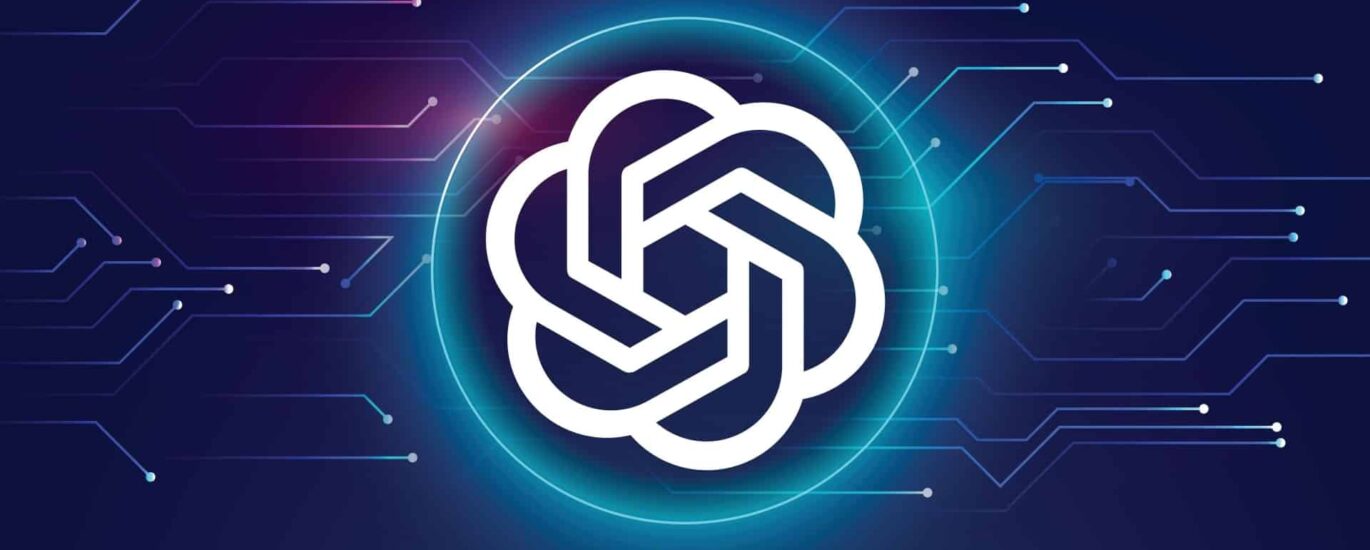ChatGPT, like other models built on the GPT-3.5 architecture, is used for natural language understanding and generation. It can be implemented in various applications to provide conversational interfaces, answer questions, assist with tasks, and more. Here are some common use cases:
- Conversational Agents: ChatGPT can be integrated into chatbots, virtual assistants, or customer support systems to engage in natural language conversations with users. It can help answer queries, provide information, or assist with tasks.
- Content Generation: Content creators can use ChatGPT to generate ideas, brainstorm content, or even draft articles. It can assist in creative writing, content summarization, and paraphrasing.
- Code Generation: Developers can use ChatGPT to help write code snippets, debug code, or provide explanations of programming concepts. It can be a useful tool for learning programming and getting assistance with coding challenges.
- Language Translation: ChatGPT can be used for language translation tasks, helping users understand and generate text in different languages.
- Educational Applications: ChatGPT can be employed in educational tools to provide explanations, answer questions, and offer personalized learning experiences. It can act as a tutor or a study assistant.
- Writing Assistance: Users can use ChatGPT as a writing assistant to get suggestions, improve grammar, or refine their writing style. It can be beneficial for both creative and technical writing.
- Entertainment: ChatGPT can be used for creating interactive and entertaining experiences, such as chat-based games, storytelling, or interactive fiction.


